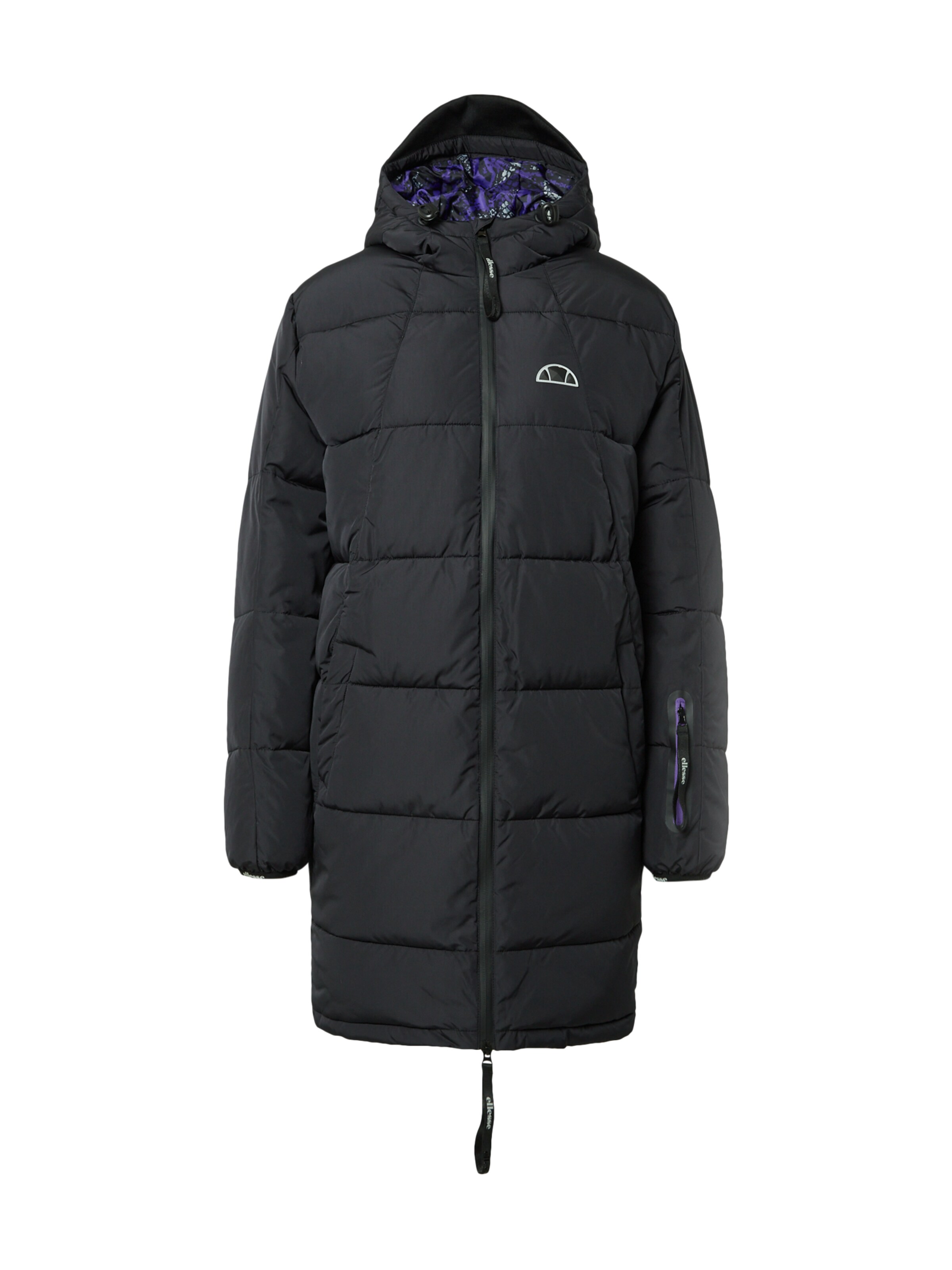
So I did that, three times for each drive, and averaged the results:Īll the drives performed pretty well, though the non-UASP drives did tend to be slower, with the strange exception of the SanDisk Ultra Flair, which punched above its weight class. It's a tool that helps you analyze the system manager, and by default, if you just run that command, it will output the boot time. Instead, I use a built-in tool in Raspberry Pi OS, called systemd-analyze. That could be helpful sometimes, but it's not very objective. That is, you don't want to sit around with a stopwatch and try to time 'from plug-in to desktop appearing' boot times. The most important thing when measuring boot time is to find a way to compare different devices using an objective measure. What would be really interesting is how the different SD card, usb flash and nvme storage compare in terms of booting time and time to start a web page from the command line.- Gordon Hollingworth August 7, 2020įirst, I'll test boot time performance. Performanceįor the second thing I wanted to cover, I was prompted by none other than Gordon Hollingworth, the Director of Engineering at Raspberry Pi, in his Twitter post. And it sometimes behaves a little like an SSD-I'll talk about that in a bit.

It doesn't support UASP, but it does perform very well for its price. No huge surprise there the faster drives use better chipsets that are built for SSD performance. It looks like all the fastest drives I benchmarked support it, while all the slowest ones don't. SanDisk Ultra Fit 128GB USB 3.0 flash drive SanDisk Ultra Flair 16GB USB 3.0 flash drive TDBT M.2 enclosure with XPG SX6000 128GB NVMe Inatech enclosure with Kingston 120GB SSD So here's a quick graph showing which drives support UASP. If the output shows 'uas', it supports it out of the box. You can check if your own drive supports UASP with the command lsusb -t. UASP supportįirst, in the last post, I completely forgot to discuss which of the USB drives I tested supported UASP, and which ones didn't.įor a refresher, UASP lets the Raspberry Pi communicate with the drive using the SCSI protocol, which is up to twice as fast for file copies and disk performance as the older 'USB mass storage' protocol. There is also a video version of this blog post: view video on YouTube. Samsung Evo+ 32GB microSD (not pictured - in Raspberry Pi).

SanDisk Ultra Fit 128GB USB 3.0 flash drive.SanDisk Ultra Flair 16GB USB 3.0 flash drive.TDBT M.2 enclosure with XPG SX6000 128GB NVMe.Inatech enclosure with Kingston 120GB SSD.In the past few weeks, I reviewed USB drive performance on the Raspberry Pi 4, and the importance of UASP support for USB drive performance.īoth posts generated great discussion, and there were three things I wanted to cover in this follow-up, namely:įor reference, here are all the products I'm testing in this post (product links are to their Amazon product page, starting from top middle, clockwise):


 0 kommentar(er)
0 kommentar(er)
